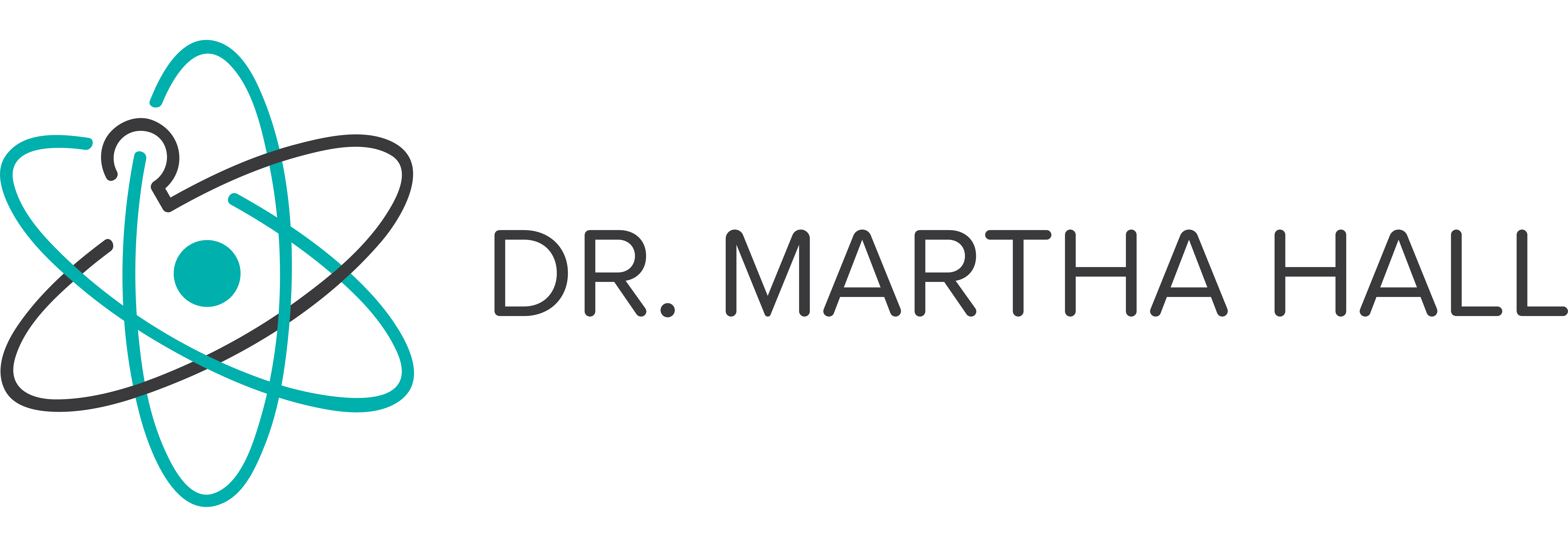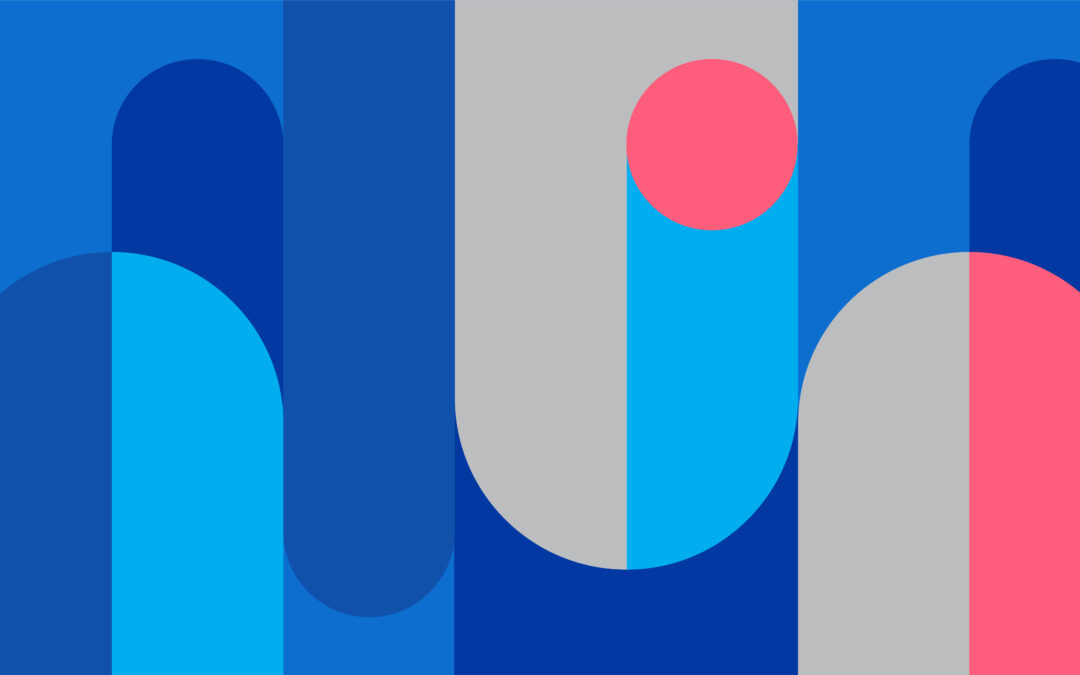Welcome to part 3 of my Design Process series. If you haven’t already, check out Part 1 and 2 first!
We have engaged with our end-user, caregivers, and other stakeholders at this point in the process and collected the data. We have sorted and sifted through that data to understand better what we hope to accomplish and defined the problem we look to solve based on it.
Now, we need to figure out how we’re going to tackle that problem and come up with our solution.
Easy, right?
Getting Started
Ideation is really a fancy term for brainstorming. As a designer, you are always thinking, wondering, and theorizing, but when working on a particular project, we want to develop those ideas in a slightly more systematic way.
On the one hand, ideating will involve throwing out ideas as they come and being free with your imagination, but at the same time, we do have some systems that can help guide the process to achieve more consistent results.
One area that many designers need assistance is just getting started – it’s a lot like creative writing. Staring at that blank page, unsure of where to start, can be frustrating.
To combat this, we use tools to keep ourselves on track.
A Beginner’s Mindset
To know how you will solve a problem, you must first understand the previous attempts were. My students and I will seek examples of existing products or solutions for the issue we are looking to solve, and we approach them from a beginner’s mindset.
What that means is we try to put ourselves in the end-user or caregiver’s shoes and examine the products from a consumer’s perspective, not a designer or academic.
The better we can do that, the more quickly we’ll see areas not being addressed by current solutions.
Once we have our initial reactions, we can apply the 5F Framework [link to another blog] to provide us with more structure and rigor in identifying gaps. A product might address fit and function but neglect fashion, for instance. Whatever it might be, we have a clearer idea of where to direct our efforts.
Ideation can help get the brain working and the ideas flowing while focusing on the right design points.
Needs
To help frame our thinking, I use a model to identify the needs of the end-user – I’ll go into greater depth on this model in a future blog because there is a lot to cover, but we can take a look at the highlights here.
Fashion designers utilize a model where you identify the ‘needs’ that an end-user has. Among these factors, you need to consider what the garment will do for the consumer, how it reflects the wearer’s personality, and how the garment will look.
To unpack that a little more, everyone exists on a spectrum of what we look for in our clothing. Different people will care about different things in clothes, but at its core, we all need our clothes to serve a function for us. For instance, a coat isn’t much of a coat if it doesn’t keep you warm, and a rain jacket isn’t much of a rain jacket if it doesn’t keep you dry.
Moving beyond the pure purpose of the garment, you get into more abstract territory. Does the garment align with your sense of self? Sure, you aren’t wet in the rain, but do you feel your outward appearance reflects who you are? Again, how much someone cares about that is very dependent on the individual. Still, it is a massive driver behind fashion in general and behind my work, because the people who stand to gain from my designs most are often those whose identities are most marginalized.
Similarly, and this is difficult to measure, you need to identify the appeal of your design. People need to find your product appealing, or they will not accept it into their wardrobe or their lives. You need to identify what will make your end-user say, “Yes, I want that; I like that color. I like that look” when they see your design.
Cost is tremendously important. Fashion and medicine see cost very differently: in fashion, cost is a tool to affect sales volume and branding. High prices communicate luxury and high quality, whether or not that’s actually true of the product. On the other end of the spectrum, in medicine, the price of a device is usually wrapped up on the insurance system’s complexity, and extremely high expense is very common.
My work focuses on making sure my designs will reach the intended end user – I am looking for the best solution that will reach the most people affected, so knowing the cost sensitivity of my user base is crucial.
How to Think About Design
When talking about brainstorming, you inevitably start hearing many buzzwords and cliché phrases that are often unhelpful. We want to “think outside the box” but really, what does that look like? How do we do it?
Here are a few techniques my students and I use to focus our thinking.
Convergent and Divergent Thinking
At this point, I’ve looked at existing designs, I’ve tried to see them from a user’s perspective, I know what needs to be met, and now I need to bring all that together and come up with something. I start with divergent thinking.
That means that I look at the gaps and run with them. Thinking as broadly as I can about the properties, form factor, and feeling I want my design to have, I start making connections. Looking for similarities between what I need to end up with and other designs, the natural world, anything I can think of will lead me from one thought to another, and I can start to find some ideas that resonate.
For instance, if we need to end up with functionality that stands in for limited muscle movement, we can look at how an animal moves, how a forklift works, or a gooseneck lamp. If these concepts have elements of what we’re looking for, we can take that idea and start to narrow our focus with convergent thinking.
How do these mechanisms actually work? Can we reproduce them? Do they meet our needs? If not, what’s missing?
Using this framework we can start to pull together the components that will substantiate an idea that we can begin to prototype.

Why it Works
Working within this system helps provide a roadmap for my students and myself, enabling us to be more comfortable imagining the possibilities. We can wrap our brains around a problem without getting overwhelmed. At this point, we don’t spend much time thinking about practicality or feasibility. By structuring our thinking and leaving some considerations to different stages, we break up the whole undertaking into manageable parts.
Something I like to remind my students of is that you rarely have a ‘eureka moment.’ Media will often present famous inventions as though they popped into the inventor’s mind in a flurry of genius.
The truth is critical thinking, mindfulness, thoughtfulness, and empathy are what take you from A to Z.
Conclusion
Ideation leads us directly into rapid prototyping[link] (the next blog in this series), and rapid prototyping can often take us right back to ideation.
Sometimes you discover that even the best-sounding idea doesn’t quite work out – with a foundation in data and empathy, we go whichever way our findings take us in the search to create something beautiful and functional.
If you enjoyed this blog, please subscribe here[link] and stay tuned for the next installment!

